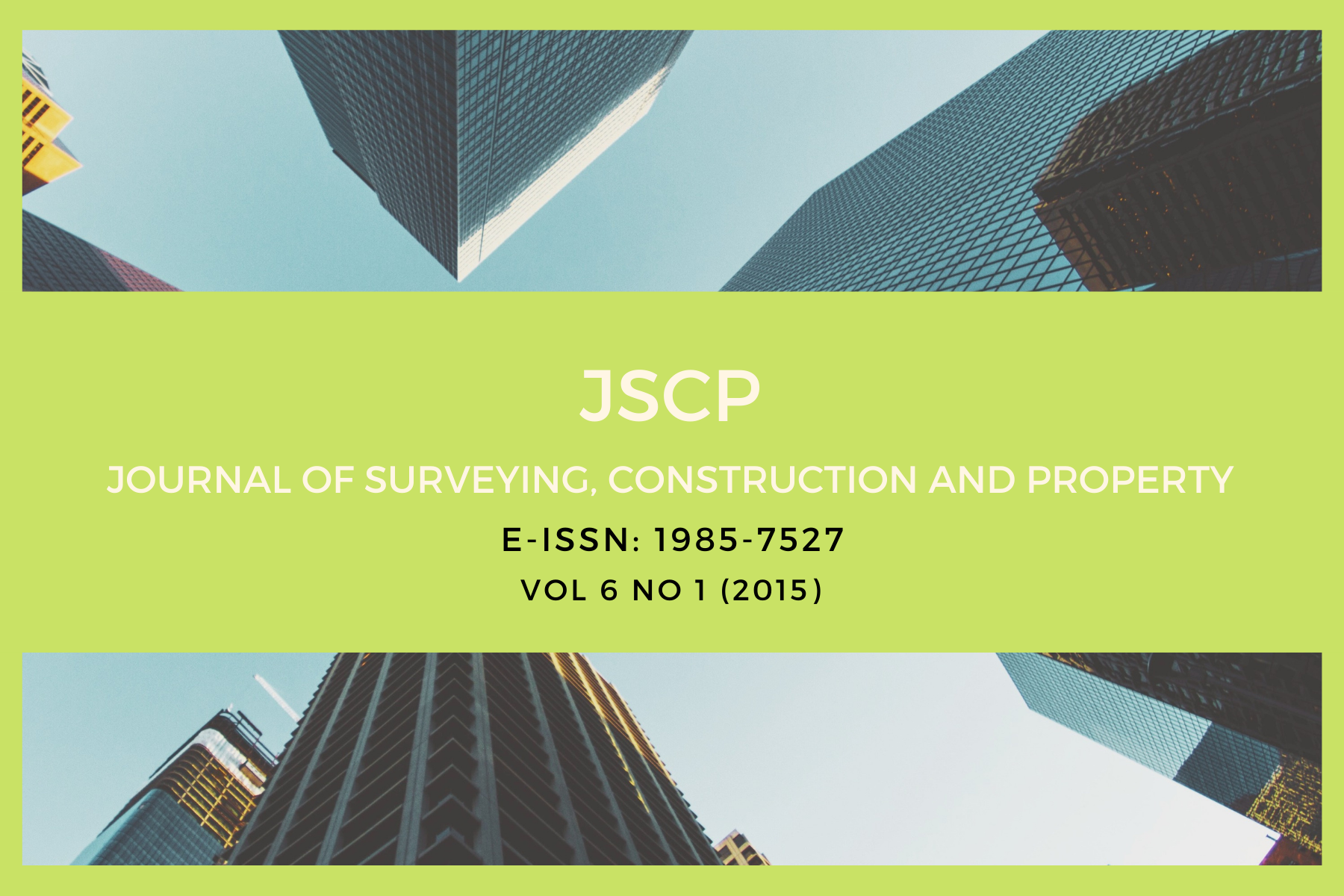Malaysia’s Rising GHG Emissions and Carbon ‘Lock-In’ Risk: A Review of Malaysian Building Sector Legislation and Policy
Main Article Content
Abstract
Malaysia has rapidly transformed from an agricultural to an industrialized economy in the last four decades, which attributed to the accelerated 235.6% carbon emissions increase from 1990 to 2005. This carbon emission growth was largely due to an increase in national energy demand of 210.7% (1990 to 2004) and rising number of automobiles and industries. In 2009 Malaysia announced a voluntary commitment to reduce 40% of its greenhouse gases (GHG) emissions by 2020 (from 1990 levels). This commitment has not been greeted with much optimism given the limited support from existing legislation and restrained environmental awareness. Without emissions mitigation and conservation policies, Malaysia is unlikely to meet its emissions reduction targets. Malaysia has yet to include any energy efficiency legislation in its growing building sector, particularly in the Uniform Building By-Laws (UBBL). In the absence of such legislation, the Malaysian building sector is likely to lock-in inefficiency for decades into the future, which leads to further growth of GHG emissions. This paper reviews existing Malaysian policies and legislation in the building sector and recommends implementation of mandatory energy efficiency building codes to curb rising GHG emissions and reduce the carbon ‘lock-in’ risk.
Downloads
Article Details
COPYRIGHT: All rights reserved. No part of this journal may be reproduced, copied, or transmitted in any form or by any means—electronic, mechanical, photocopying, recording, or otherwise without proper written permission from the publisher. Any opinions expressed in the articles are those of the authors and do not necessarily reflect the views of the Universiti Malaya, 50603 Kuala Lumpur, Malaysia.
